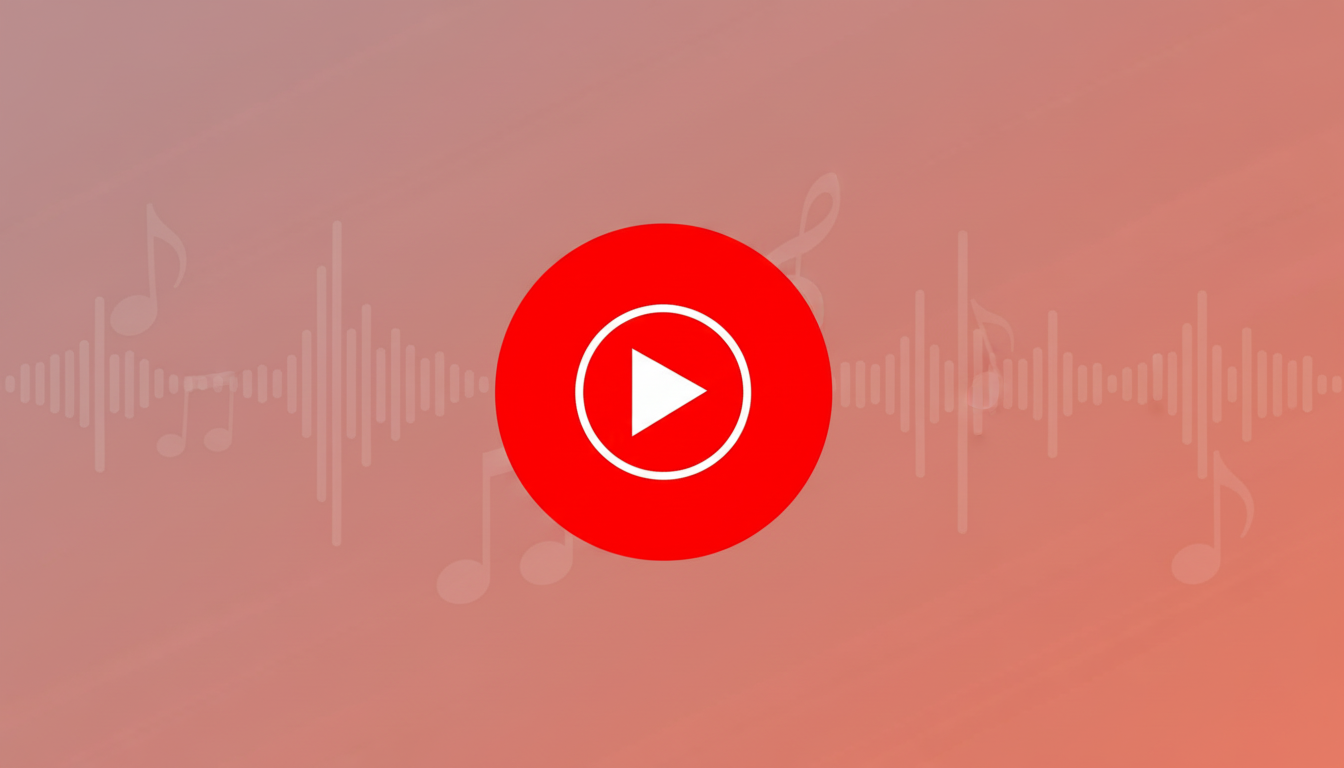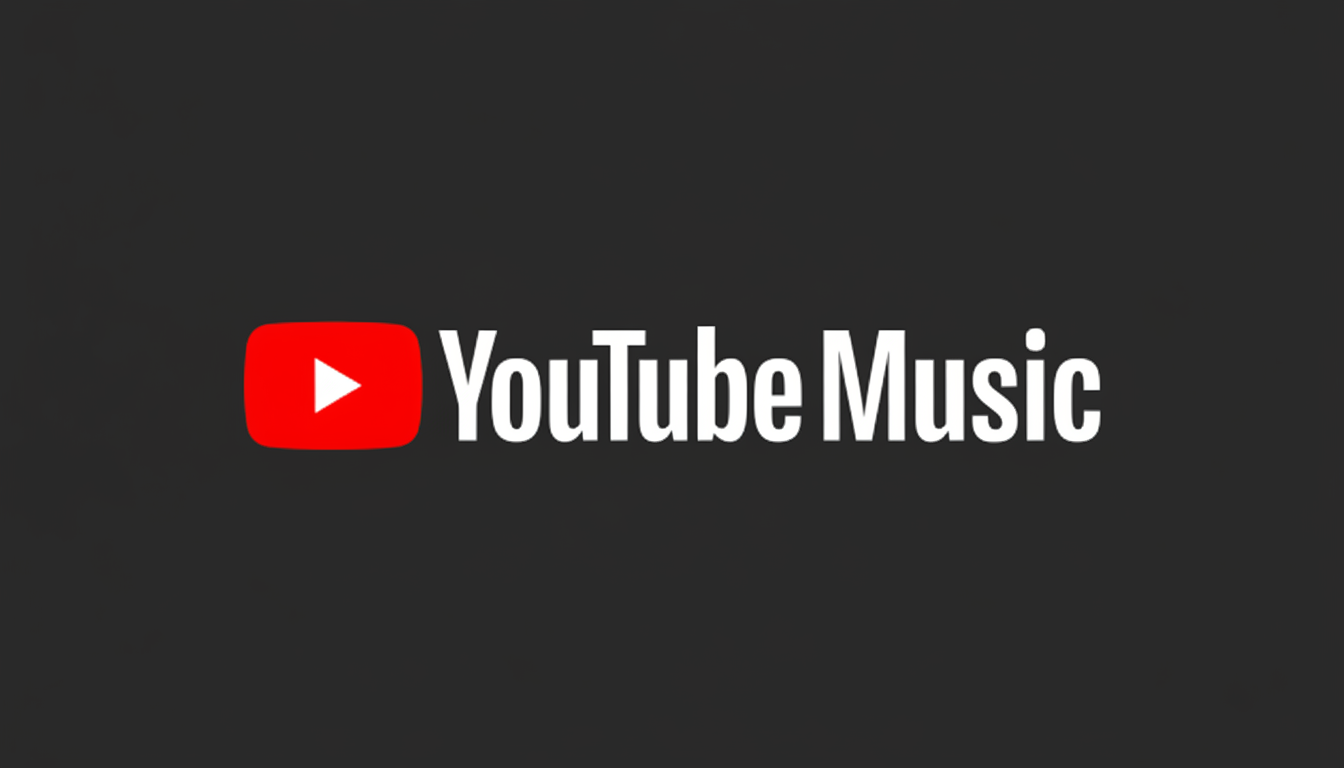YouTube Music on Wear OS is starting to pick up Google’s Material 3 Expressive look, with redesigned tiles and refreshed interface elements showing up for some users. Early signs suggest a staged rollout that modernizes key surfaces while leaving the in-player UI largely unchanged for now.
What’s new on the watch with Material 3 Expressive
The most visually apparent change appears on the YouTube Music tile. A newly styled “Browse” button now pops with a colorful, cloud-like shape that exhibits Material 3’s Expressive aesthetic. Replacing the plain white element with one that’s more playful and easier to spot at a glance is a big step forward.

List items resemble “stadium” cards that are taller and more spaced out, with text that’s enlarged and easier to read on small, round screens. The beefed-up touch targets better reflect Google’s guidance for 48dp hit areas on wearables, potentially reducing mis-taps during workouts or commutes.
The full-screen player, however, still matches the previous design. This split personality hints at a phased update, where shell surfaces and navigation get refreshed first, and deeper in-app views come later.
New visuals are not limited to Wear OS 6 releases
Reports indicate that the new visuals aren’t limited to the latest platform release. Users on older Wear OS versions also see the updated tile, suggesting server-side flags or an app-side toggle instead of a hard OS dependency.
This aligns with how other Google apps have released watch UI upgrades—silently and in stages. Following successful stability and performance checks across screen sizes and watch vendors, the player view would arrive based on history.
How it fits into Google’s broader Material 3 push
Material 3’s Expressive style emphasizes strong colors, friendly shapes, and a quick-to-read hierarchy on modest canvases. According to Google’s Material Design group, Expressive is one of three curated color systems intended for character and comparative contrast. It makes sense for a music app because the artwork and vibe are crucial.

We’ve already seen equivalent treatments on Google’s watch apps like Calendar, Keep, Messages, Maps, Home, and Gemini for Watch. With system releases, the larger Wear OS visual change aims to offer a glanceable, readable interface, allowing brands to be recognized by tint and motion.
Why the refresh matters for everyday listeners
Good design is more than aesthetics on the wrist. Larger typefaces, clearer actions, and bold shapes shorten micro-interactions, allowing quick taps and fewer errors. Even the more prominent Browse control should quickly display playlists, reducing the distraction of looking for new music.
Rollout hints and what to expect from the next updates
It also reflects YouTube Music’s growing profile. According to Google, YouTube Premium and Music have jointly reached 100 million subscribers worldwide, indicating continued investment in the experience across every screen.
Independent app sleuths, including AssembleDebug, have discovered the modifications in the wild, connecting them to a server-side rollout pattern. Therefore, assuming the success of other Google app updates, the player is next in line for Material 3 elements—larger controls, livelier progress feedback, and color accents based on album art or watch themes.
Nonetheless, there isn’t yet a manual switch to enable Material 3. You can try the following to improve your chances, but availability remains fully dependent on Google’s timetable:
- Keep YouTube Music and Wear OS updated to the latest versions.
- Re-link or sync your watch after updating your phone.
- Reboot the watch to refresh system services and flags.
- Open and use different watch apps to encourage server-side feature flags.
What’s more, YouTube Music on Wear OS is currently in its Material 3 Expressive phase, which features a renewed tile and list layouts that favor glanceability and quick shifts. That’s a significant step toward a more holistic look for the watch player—and a signal that the bigger redesign is likely next.

